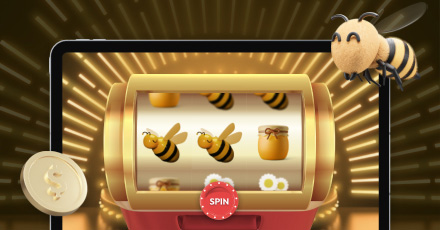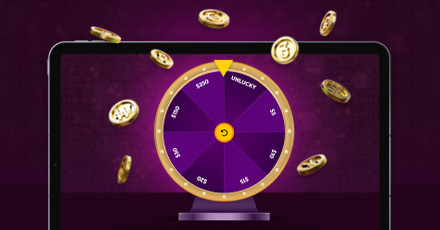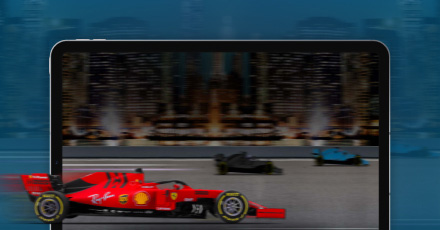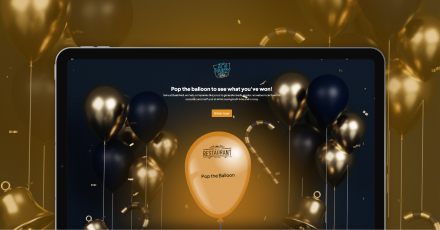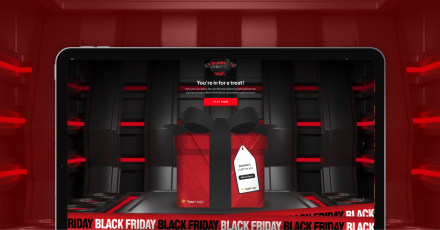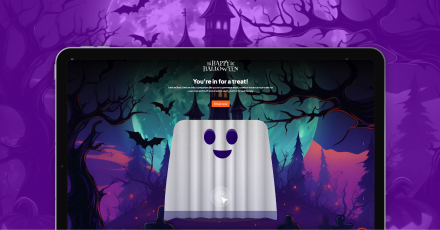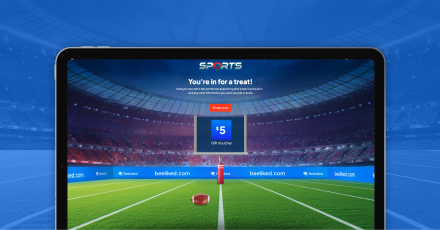In an era where digital interfaces are saturated with content, standing out and keeping customers engaged is a significant challenge for all of the businesses. Gamification, an innovative strategy that integrates game mechanics into non-game environments, offers a compelling solution.
In today’s article, we’ll delve into how gamification can transform customer experiences on websites, turning routine interactions into engaging and memorable activities.
What is Gamification?
At its core, gamification involves applying elements typical of game playing, such as point scoring, competition, and rules of play, to other areas of activity. It’s not just about creating games but embedding game-like elements in a non-gaming context to motivate and enhance customer engagement. The psychology behind this is simple: gamification taps into the human desire for rewards, achievement, and status, driving interaction and loyalty.
Case Studies: Successful Gamification Examples
Duolingo: A Case Study in Gamification Success
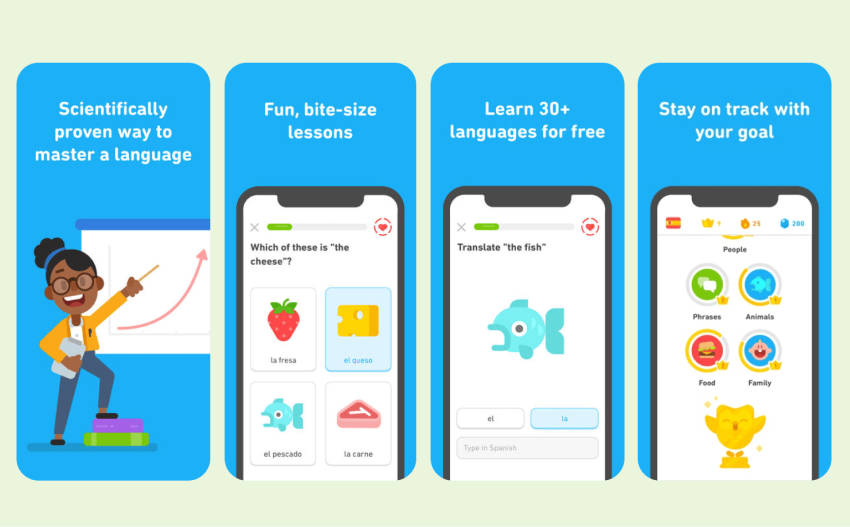
Duolingo, a leading language learning platform, serves as an exemplar of gamification in action. The company’s philosophy is rooted in the belief that learning, although inherently challenging, should be enjoyable and engaging. This is where gamification plays a pivotal role, transforming the tedious task of language learning into an exciting and interactive journey.
Design Strategies for Enhancing Learning and Engagement
Duolingo’s initial breakthrough in balancing learning with engagement came through the introduction of skill levels. This approach leveraged the game mechanic of leveling up, significantly enhancing the educational value of their courses and simultaneously boosting user engagement.
Overcoming Challenges with Innovative Solutions
A major challenge for Duolingo was encouraging learners to review material. To tackle this, Duolingo introduced a visual gamification element: cracking the progress icons. Learners were motivated by the sight of a screen filled with shiny, completed gold skills. The introduction of “cracked skills” visually represented the concept of spaced repetition – a fundamental learning principle that emphasizes the importance of revisiting material over time. This design cleverly symbolized that without review, previously learned information could ‘decay’.
Testing and Results
Duolingo’s hypothesis was put to the test, measuring key engagement metrics such as daily active users, total session starts, and day one retention. The results were overwhelmingly positive, showing a significant increase in user engagement. However, there was a twist: while engagement improved, the cracked skills alone weren’t prompting learners to review as intended.
Refined Approach and Success
In response, Duolingo iterated on its design. They introduced a decaying progress bar along with the cracked skill icon. This adjustment indicated to learners that their skill level was no longer complete, subtly nudging them to revisit and practice the skill. This change resulted in increased engagement and, importantly, a higher rate of learners re-gilding skills by practicing material they hadn’t reviewed in a while.
Conclusion: Learning Meets Fun
Duolingo’s experience underscores the power of gamification in educational contexts. By continuously testing and refining their approach, they have created a system where learning efficacy and user engagement reinforce each other. Duolingo’s journey illustrates that gamification, when thoughtfully applied, is not just about adding game elements to an activity, but about deeply understanding and influencing user behavior for better learning outcomes. This case study serves as a powerful testament to the potential of gamification in transforming the online learning experience into something that is not only effective but also deeply engaging and enjoyable.
Starbucks: A Masterstroke in Gamification and Customer Engagement
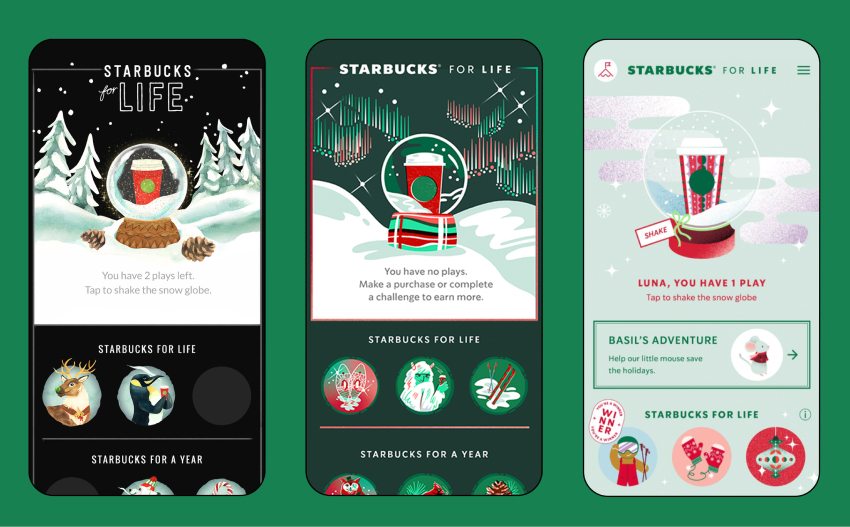
Engaging the Senses: Starbucks’ Approach to Gamification
Starbucks, a global coffeehouse chain, has elevated the simple act of buying coffee into an engaging, gamified journey. Through its sophisticated use of gamification, Starbucks has transformed the coffee-buying experience into a rewarding adventure, encouraging customer loyalty and frequent engagement.
The Loyalty Marathon: Starbucks Rewards Program
Starbucks Rewards functions like a marathon race, where customers earn stars for every purchase, analogous to runners earning medals. This program employs the Endowed Progress Effect from behavioral psychology, where the initial reward of stars upon joining motivates customers to continue earning more. The progression from Green to Gold status mirrors the journey from novice to expert, with each level offering unique perks, thus keeping the engagement loop active and compelling.
Behavioural Psychology at Play
The success of Starbucks’ gamified loyalty program can be attributed to its alignment with the Self-Determination Theory. This theory highlights three innate psychological needs: competence, autonomy, and relatedness. Starbucks’ star-earning mechanism addresses the need for competence, while the freedom to choose rewards satisfies the need for autonomy. Social elements, like Star Dash challenges and sharing achievements on social media, cater to the need for relatedness, fostering a community spirit among customers.
Social Engagement: Beyond Coffee
Starbucks extends its gamification strategy to social engagement. The gifting feature and integration with social media leverage the concept of social proof, encouraging customers to share their experiences and indirectly promote the brand. These social features not only enhance customer engagement but also create a communal atmosphere around the Starbucks brand.
Scarcity and Surprise: A Thrilling Twist
The introduction of limited-time offers and surprise rewards adds an element of scarcity and unpredictability to Starbucks’ gamification approach. This strategy, akin to the unexpected plays in sports or the unpredictability in card games, keeps customers intrigued and coming back for more, driving up visits and purchases.
Starbucks Inside Stores: An Interactive Experience
Starbucks’ in-store experience is also gamified. Programs like Coffee Passport and Coffee Master for baristas utilize gamification by rewarding customers and employees for their engagement with coffee education. Interactive elements, such as chalkboard murals and community tables, encourage customer interaction and contribute to a vibrant store atmosphere.
Digital Games: Enhancing Brand Interaction
Starbucks’ digital games like “Starbucks Pairs”, “Starbucks Bingo”, and the “Nitro Cold Brew Game” employ classic gamification elements to increase customer engagement. These games offer rewards and challenges, adding an element of fun and competition to the Starbucks experience.
Innovative Partnerships: Expanding the Gamification Horizon
Starbucks’ partnerships with entities like Pokémon Go and Spotify have introduced unique gamified experiences. The Pokémon Go collaboration turned stores into interactive game spots, while the Spotify partnership offered a music trivia game, enhancing brand engagement. These partnerships demonstrate Starbucks’ ability to seamlessly blend physical and digital experiences through gamification.
Conclusion: Starbucks’ Recipe for Success
In summary, Starbucks’ use of gamification has been a key factor in its success, making it a leader in the coffee industry. By integrating game mechanics into its loyalty programs, in-store experiences, and partnerships, Starbucks has created a compelling, engaging brand experience. This strategy has not only increased customer loyalty and satisfaction but also set a benchmark for how gamification can be effectively used in the retail sector. Starbucks’ journey illustrates that gamification, when creatively and strategically implemented, can transform a routine activity into an exciting and rewarding experience, fostering long-term customer engagement and loyalty.
Steps to Gamify Your Website
Taking cues from Duolingo and Starbucks, we’ve seen how gamification can seriously up the game in learning and retail. Let’s use their winning strategies as a guide. As we dive into gamifying your website, remember, it’s all about knowing what you want, who you’re talking to, and nailing those fun, engaging elements. Let’s make your site not just a destination, but a journey your customers will love.
1. Identify Your Goals: Begin by defining what you want to achieve with gamification. Is it more user time on your site, increased sales, or improved customer loyalty?
2. Understand Your Audience: Tailor your gamification strategy to resonate with your target audience. Different demographics may respond to different types of game mechanics.
3. Implement Gamification Elements:
– Rewards: Offer points, badges, or discounts for completing tasks or achieving milestones.
– Challenges: Create challenges or missions that customers can complete for rewards.
– Progress Tracking: Use progress bars or levels to visually represent user achievements, enhancing the sense of accomplishment.
4. Engagement Through Creativity: Incorporate elements that allow customers to express themselves, such as customizable avatars or user-generated content challenges.
Refining the Game: The Impact of Gamification on Sales and Customer Engagement
Drawing inspiration from the success stories of Duolingo and Starbucks, it’s clear that gamification can be a game-changer in customer engagement and sales. By injecting interactive and rewarding elements, similar to what we’ve seen in these case studies, websites can significantly boost customer interaction, conversion rates, and deepen brand loyalty. The numbers don’t lie: studies consistently show that well-implemented gamification strategies lead to better customer engagement and increased sales.
Audience-Specific Gamification: Lessons from the Field
Just as Starbucks and Duolingo tailored their approaches to their audiences, your gamification strategy should also cater to the specific needs and preferences of your customers.. Younger crowds might thrive on the thrill of competition, mirroring Duolingo’s level-up challenges, while older demographics could be more engaged by Starbucks-like community and loyalty elements. An inclusive approach in your gamification design means tapping into a wider audience, ensuring everyone gets a piece of the action.
Final Thoughts: Levelling Up with Gamification
In conclusion, gamification isn’t just a fleeting fad. It’s a potent strategy that can elevate your website from a mere platform to an engaging, interactive experience. Taking a leaf out of the Duolingo and Starbucks playbook shows us how transforming routine interactions into captivating, game-like experiences can significantly bolster customer engagement and drive business growth. Incorporating gamification into your marketing isn’t just a leap towards innovation; it’s becoming a necessity in today’s competitive landscape.
Ready to turbocharge your customer engagement with the power of gamification? Dive into the world of BeeLiked and start creating your own engaging and effective gamification campaigns today – sign up for free and begin your journey to success!


